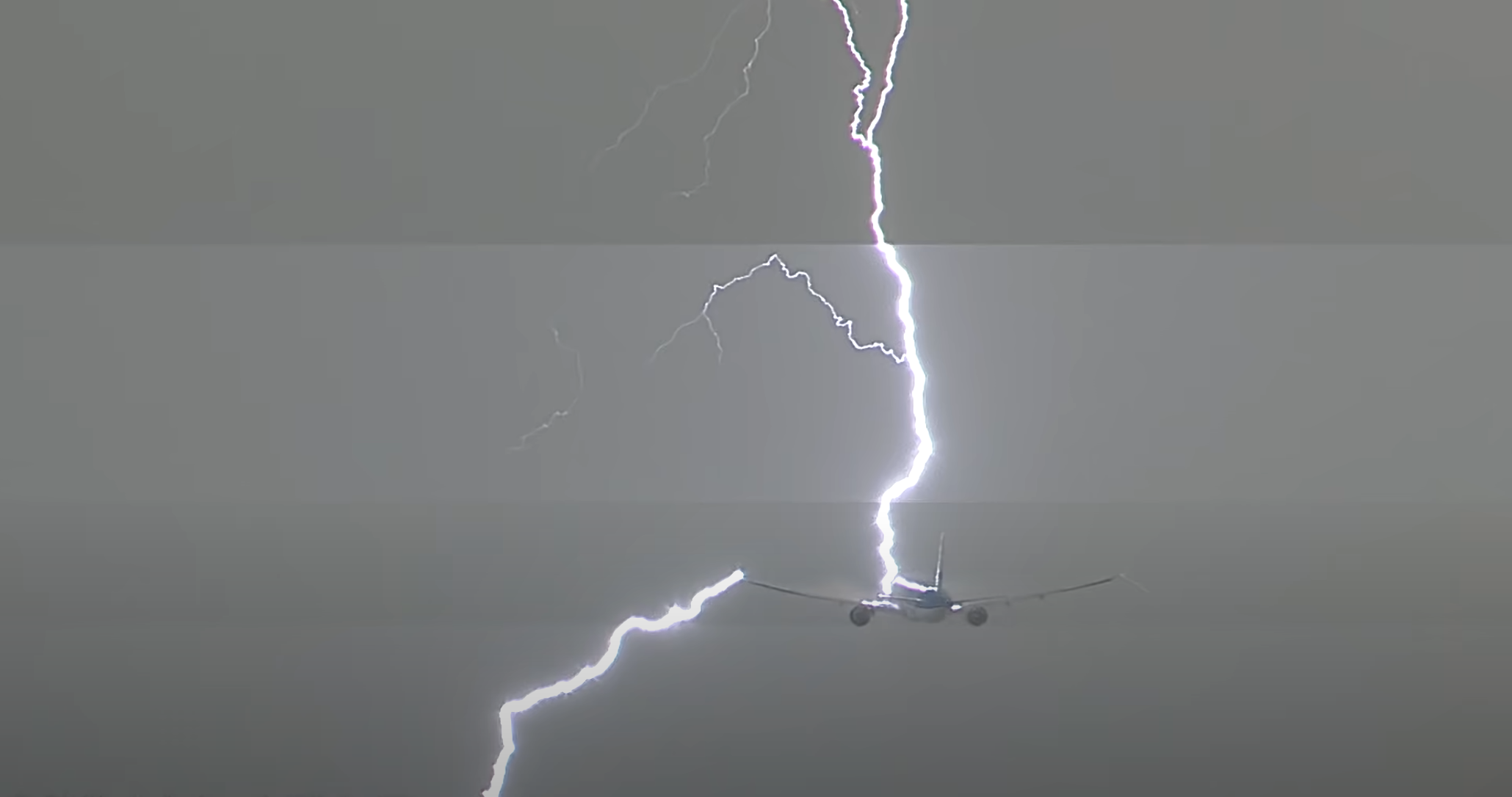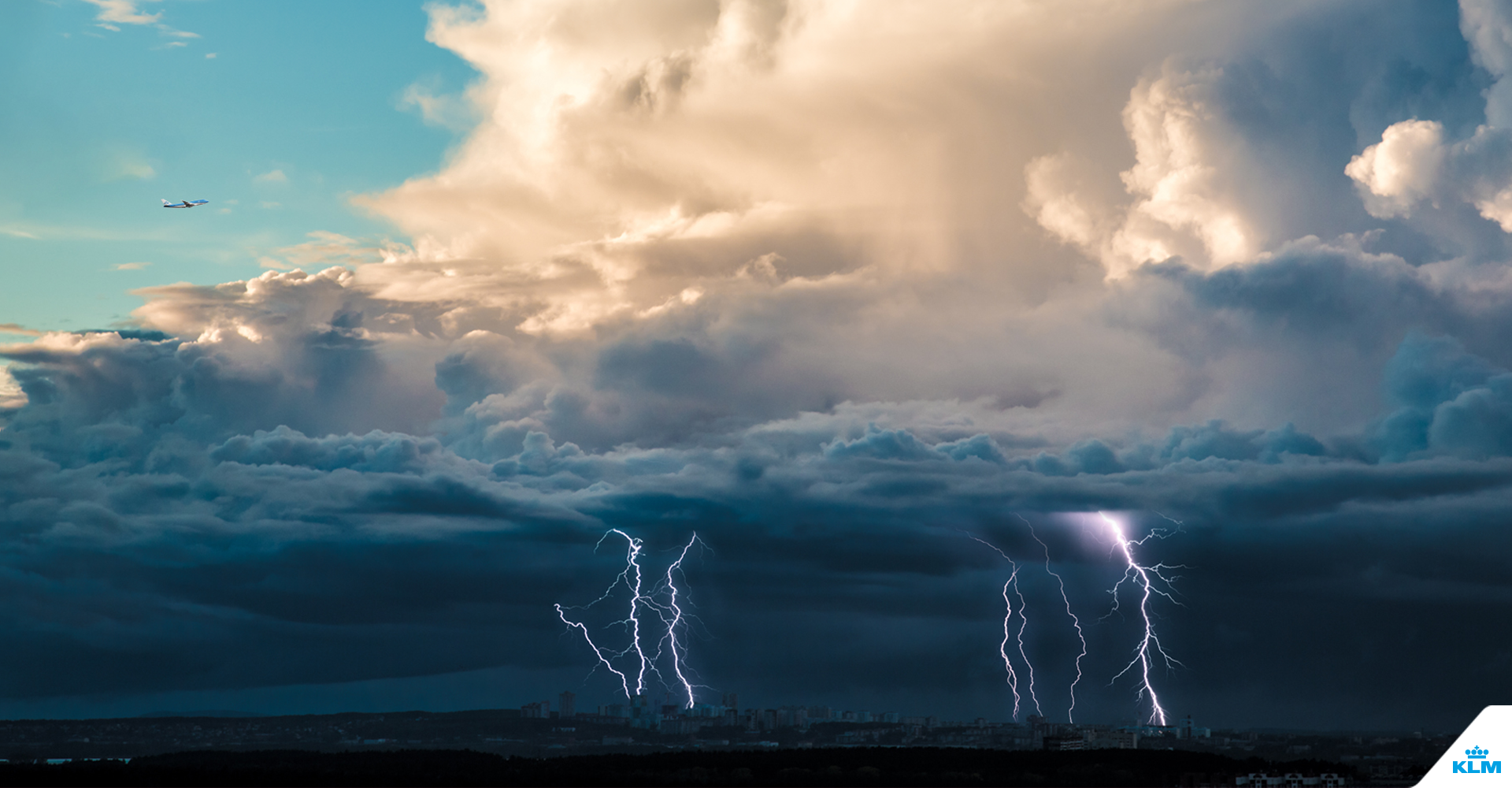Aircraft's Greatest Risk Posed by Weather
There are many factors a pilot must consider to safely guide their aircraft. Weather is natural and one of the more prominent factors that can greatly impact the aircraft aside from the pilot and aircraft itself. Weather itself also has multiple factors that can affect an aircraft, but the most prevalent hazard presented by weather are thunderstorms. Thunderstorms can encompass multiple other naturally occurring weather hazards and introduce some unique to itself. Thunderstorms can have rain, hail, tornadoes, turbulence, variable winds/microbursts, and lightning (U.S. DoT & FAA, 2013). As a whole, thunderstorms can also affect ground operations with preventing maintenance or other personnel from tending to aircraft not sheltered and can prevent aircraft from taking off. Two issues that could also result from thunderstorms and affect the pilots decisions while flying are low visibility and the effect they have on altimeters (U.S. DoT & FAA, 2013).
The majority of thunderstorms are formed through three stages: Cumulus Stage, Mature Stage, and Dissipating Stage (NSCU, n.d.). The cumulus stage is formed through an updraft of warm, humid air (NSCU, n.d.). The formation of clouds occurs throughout this stage and continues to grow as more wet air is brought up and condenses with the prior cloud formed (NSCU, n.d.). The mature stage is when the storm is fully formed and may start to rain as a cool downdraft of air pushes the water droplets out of the cloud (NSCU, n.d.). During this stage, the warm updraft can continue feeding the storm humid air which will cause a cycle of air moving up and down (NSCU, n.d.). Once the updraft is unable to reach or continue feeding the storm, the dissipating stage has been reached (NSCU, n.d.). Throughout this stage, the thunderstorms will slowly start to die out and complete the cycle (NSCU, n.d.).
A tip to help pilots avoid a thunderstorm is to not attempt to fly under a thunderstorm (U.S. DoT & FAA, 2013). Flying under a thunderstorm still has a higher likelihood of encountering turbulence and windshear. Another tip to avoid thunderstorms is to avoid taking off or landing into a thunderstorm (U.S. DoT & FAA, 2013). Doing so can put you right into it if there isn’t enough room to maneuver out of it or can still lead to other effects such as turbulence. Once already in the storm, it would be best for the pilot to fly a course to the nearest edge of the thunderstorm that will get them out as soon as possible (U.S. DoT & FAA, 2013). A pilot may also turn on the pitot heat or carburetor to help prevent ice from building up and causing power failure (U.S. DoT & FAA, 2013).
References
NCSU. (n.d.). Life Cycle of a Thunderstorm | North Carolina Climate Office. North
Carolina State Climate Office. https://legacy.climate.ncsu.edu/edu/Thunderstorm
U.S. DoT & FAA. (2013). AC 00–24C - Thunderstorms. Advisory Circular. Published.
https://www.faa.gov/documentlibrary/media/advisory_circular/ac%2000-24c.pdf
Valk Aviation. (2017, November 13). “Lightning Strike” B777-300 on departure @ KL743 // PH-BVS [Video]. YouTube. https://www.youtube.com/watch?v=i-LCORFB860


Comments
Post a Comment